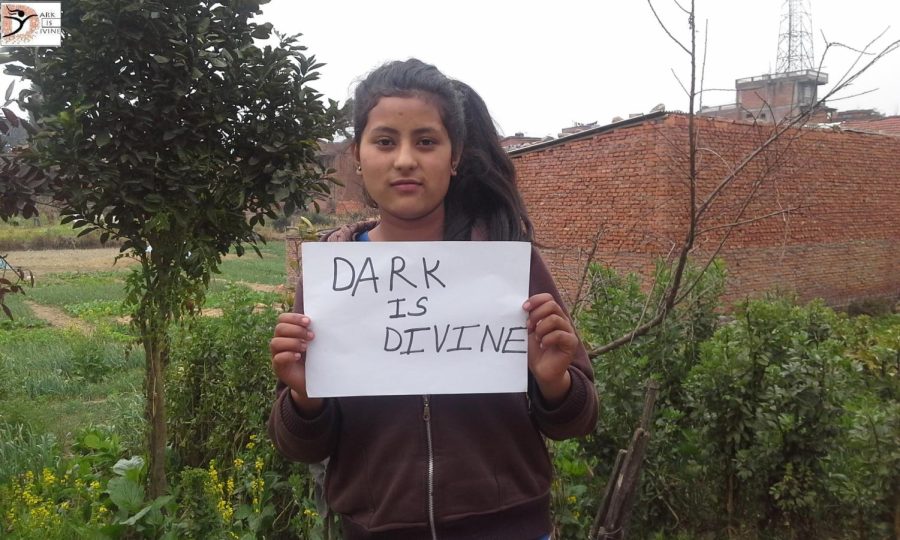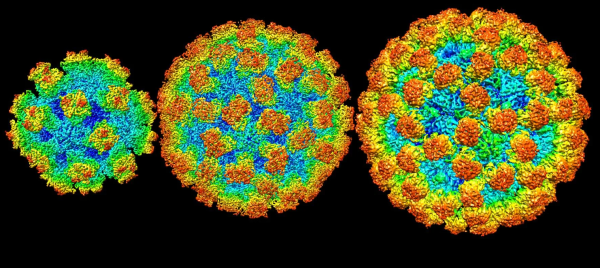The cruel truth of the skin lightening industry
As a result of receiving hate for her dark skin, Fatima Lodhi created the anti-colorism campaign Dark is Divine. She aims to empower people with dark skin, and discourage the practice of skin lightening/bleaching. The campaign conducts online classes that help people feel more comfortable in their own skin and ultimately end skin lightening.
December 10, 2021
Skin lightening (also known as bleaching or whitening), through the use of bleaches, creams and whiteners, works by reducing the natural pigment called melanin in the skin. This may happen with the help of over-the-counter products or professional treatment, such as laser therapy and chemical peels.
This 8.6 billion dollar industry produces no health benefits and exploits people of color. Horror stories surround the harsh ingredients that plague these products, which can act as a paint stripper to human skin. The most common ingredients include mercury, hydroquinone, and steroids that prove highly toxic. Excessive use may result in mercury poisoning, dermatitis, exogenous ochronosis, steroid acne, nephrotic syndrome, and countless other painful effects.
“In East Asian culture, women prefer lighter skin tone because they believe ‘yī bái zhē bǎi chǒu,’ which means ‘a white complexion is powerful enough to hide seven faults,’” Shuting Hu, co-founder of SkinData Limited Hong Kong, said.
A slew of products claim to provide the “fair” complexion customers desire, such as Fem, Lotus, Fair and Lovely and its gendered-equivalent Fair and Handsome. The image of light skin as the pinnacle of beauty drives this industry, preying on insecurities and attempting to fix the “problem” of darker skin. The global threat affects women and men alike, with the United States making up a third of the market.
CNN, a multinational news network, recently began a series, White Lies, to address the matter. The extensive research will expose the industry that profits from colorism and the numerous underlying drivers of the phenomenon. Through personal conversations with people directly affected by this practice, the network hopes to reveal the industry and raise awareness.
“In the coming months, led by series editor Meera Senthilingam, White lies aims to reveal the scale of the use of harmful skin whitening products and the misuse of prescription medication in order to lighten skin. We want to raise awareness of colorism which often underpins their use; and hold to account corporations and government agencies who manufacture, sell, or inadequately regulate these products,” Eliza Anyandwe, CNN’s health editor, said.
Despite the obvious risks, the demand for these largely unregulated products remains high, with researchers predicting an increase in the coming years. The Asia-Pacific region continues to make up over half of the market, where consumers will spend millions to alter their appearance.
However, in some cultures, the desire for light skin reaches beyond beauty. Social class frequently motivates these customers to rid themselves of pigmented skin. Due to colonization in the 18th and 19th-century, European colonizers became the epitome of high class and money while darker-skinned Asians became the image of colonial subjugation. As a result, lightening skin became a common practice in order to appear superior.
This incredibly harmful beauty standard discourages diversity and can produce numerous physical consequences. After reaching settlements with more than 18,000 women who developed blotches and harmful side effects, the Japanese cosmetic company, Kanebo, paid damages to an additional 44 women.
“My cousin tried to lighten his skin once, while I was with him. His skin did get a little lighter but it was very pigmented and dry afterward, you could tell it had damaged his skin. The whole industry is horrible, it’s basically telling people that dark skin is seen as an imperfection. I highly discourage people from trying it,” magnet junior Selina Smith said.



















